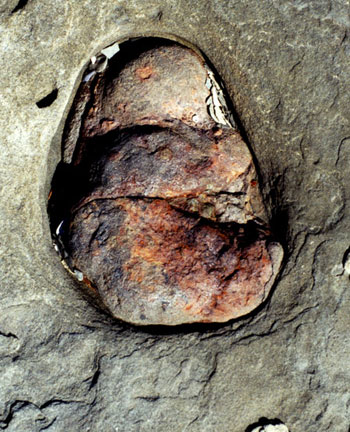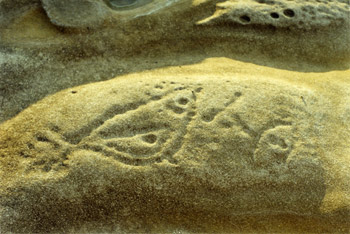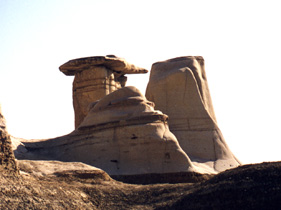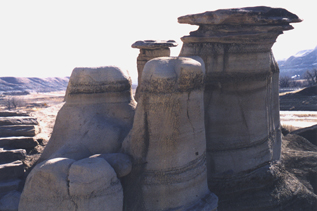fetus rock

Recently I happily leafed through some of my favourite photographs taken over a decade ago on Hornby Island, BC. The ocean weathered rocks and the petroglyphs were of endless fascination to me, and I eagerly captured these on film. This particular one was a special one that I named Fetus Rock, and which I later used to create Meta-morphosis IV (Primo).
In fact quite a few of my Hornby Island photographs were used in the Meta-morphosis series, combined sometimes with photos taken in Italy (a story for another day).
Here is a photo of one of the petroglyphs on Hornby.
ADDENDUM: on March 3, 2011 I wrote I am thrilled and honoured to have one of my very favourite and special-to-me photographs on the cover of Mercy Island, a collection of new and selected poetry by Ren Powell and just published by Phoenicia.


